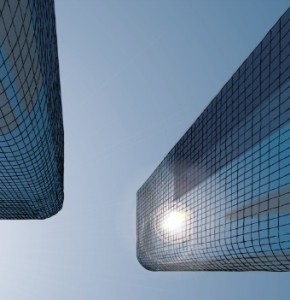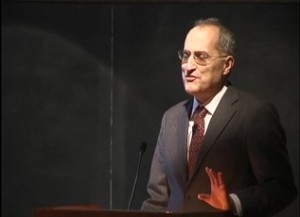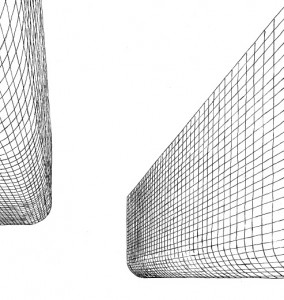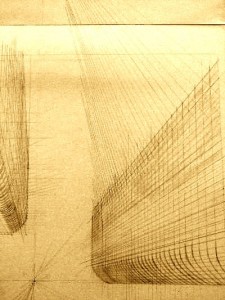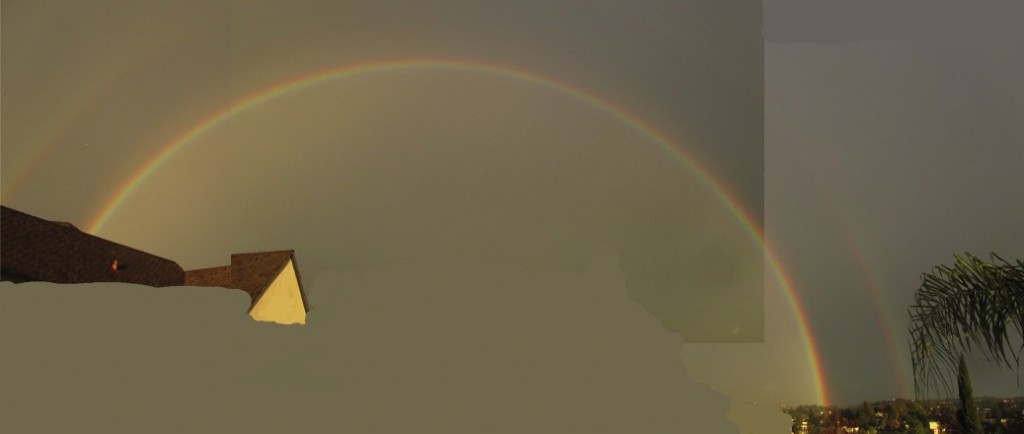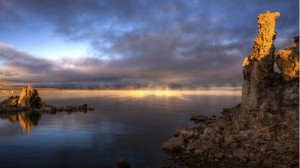New Semester Approaching
I’m feeling strangely cold, although the heating is on and I’ve got a jumper (“sweater” to readers in the States) on. It has been this way all day, so I suspect it is something to do with my frame of mind. I’m feeling a bit reflective with it too, so I’ll think out loud (as it were) a bit before going to bed early.
Well, it is almost time to start another round of teaching. This semester, starting Monday, it is a graduate course that I’ll be teaching, the second part of a year’s sequence of string theory that we teach from time to time. My focus will be non-perturbative issues, focusing on much of what has been forming the foundation of research in various areas of string theory since the 1990s. Should be fun. Some of the material will come from my book, D-branes, that was published back in 2002. It seems so long ago now. I actually looked in it today, as I was discussing a research issue with a colleague, and could not recall some details. Happily there was a chapter with it all in there. That’s rather nice. The book serves me well as a personal reminder of things I used to have at my fingertips all the time back then, and as a bonus, lots of people around the world still use it as a handbook/guide/intro/etc, I hear.
I joke, of course. The cart and the horse are the other way around.
Speaking of books, I’ll be doing my best to continue working on the current book project, with all the excitement and adventure in developing it. (And the occasional […] Click to continue reading this post

